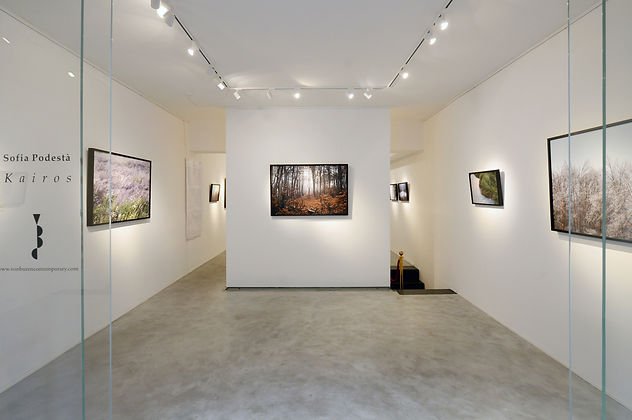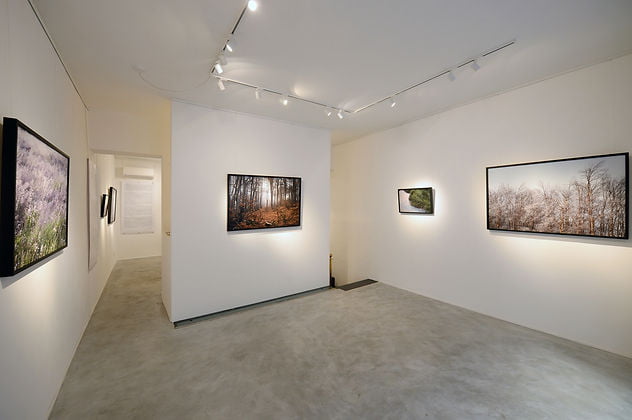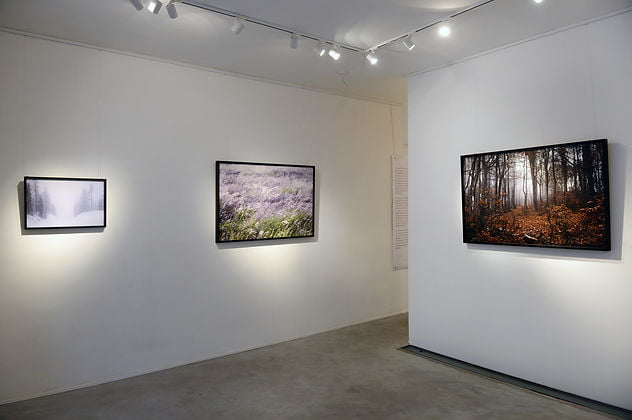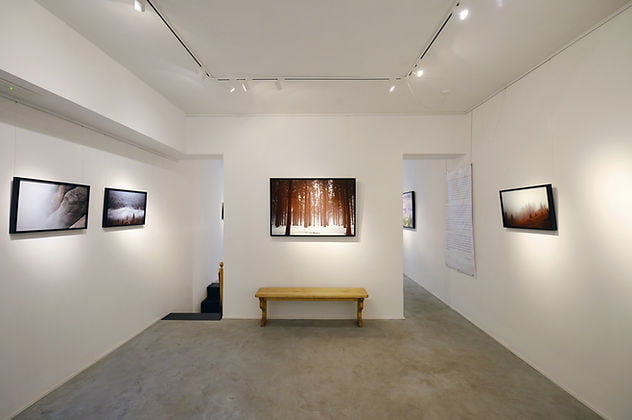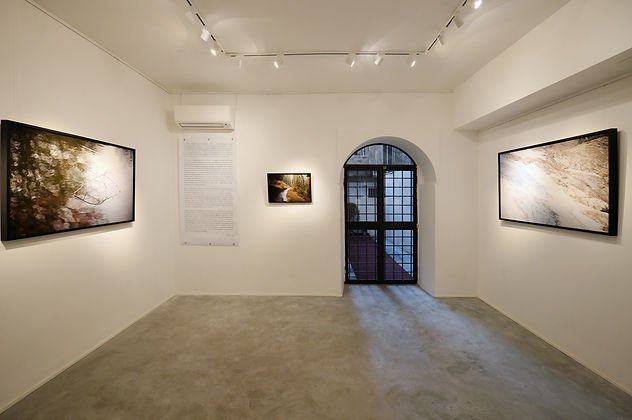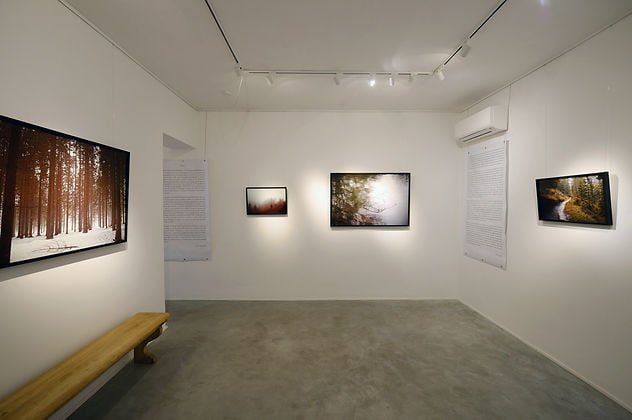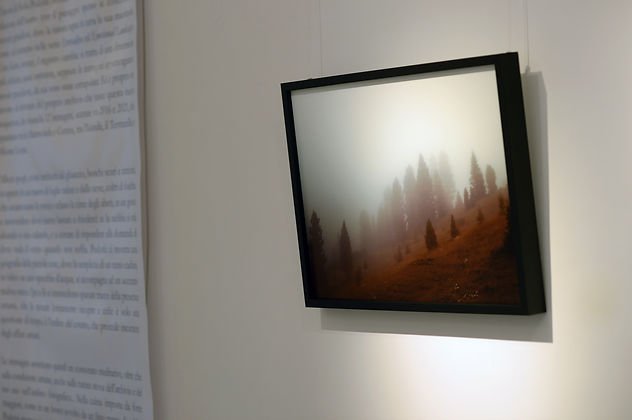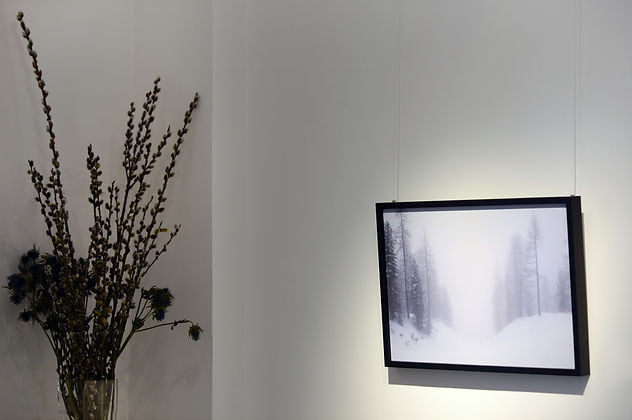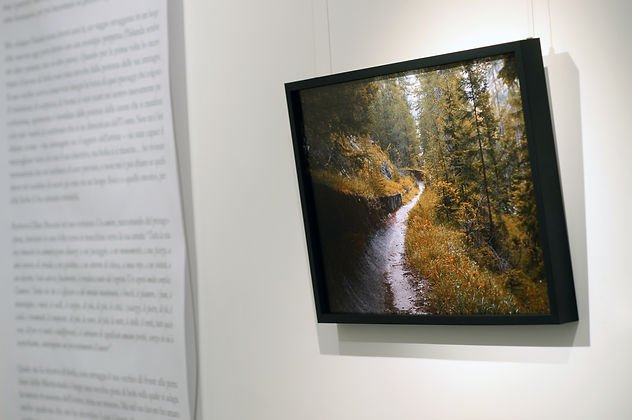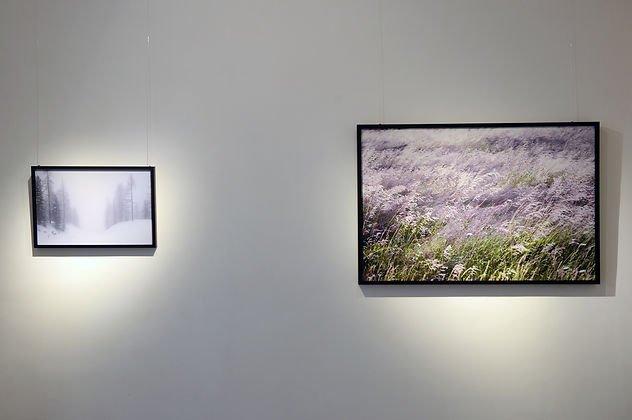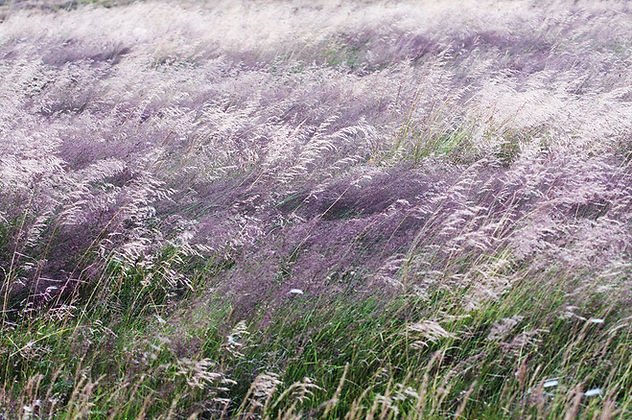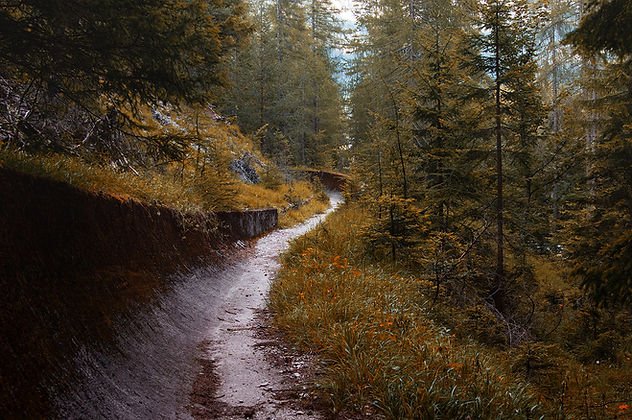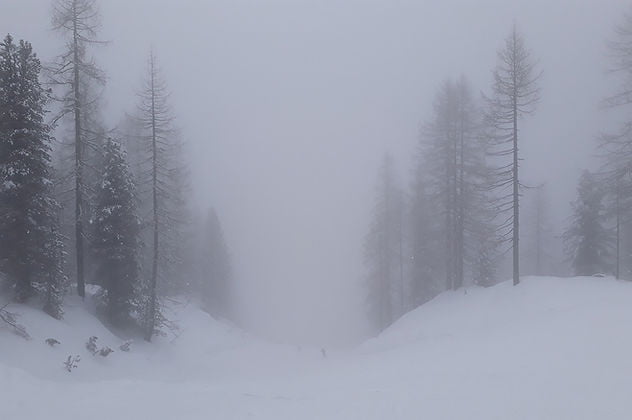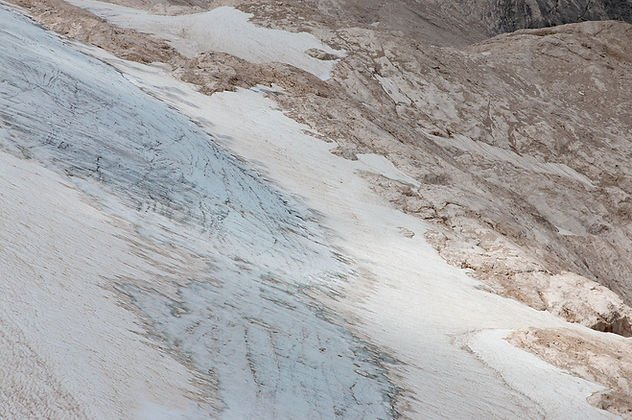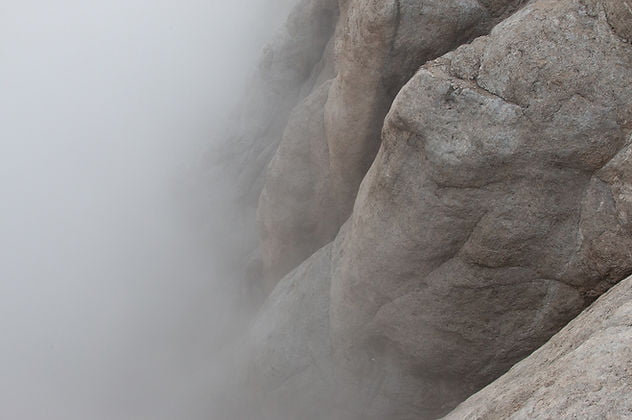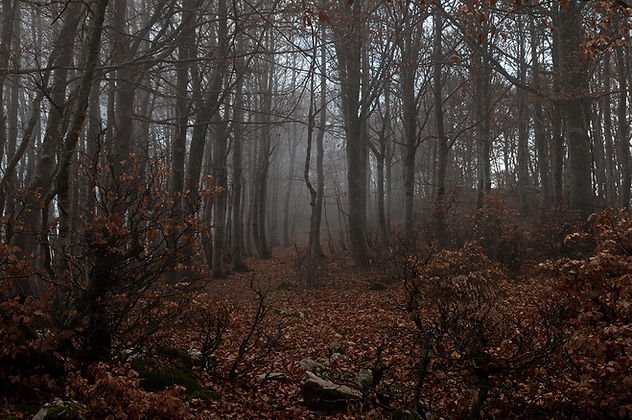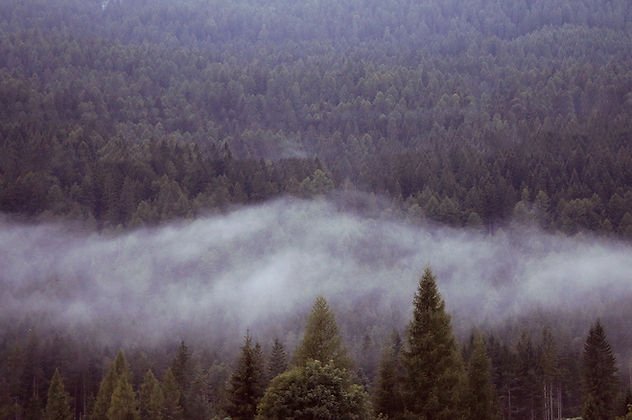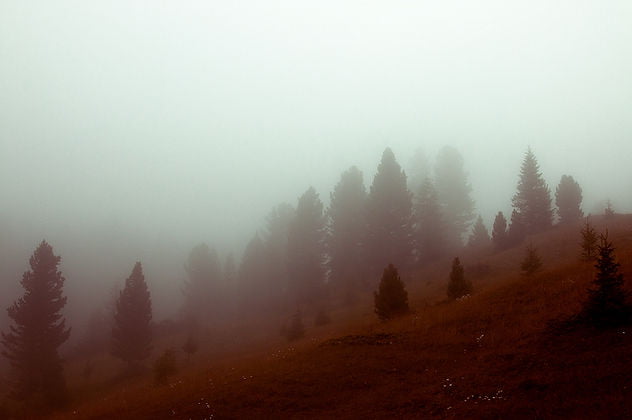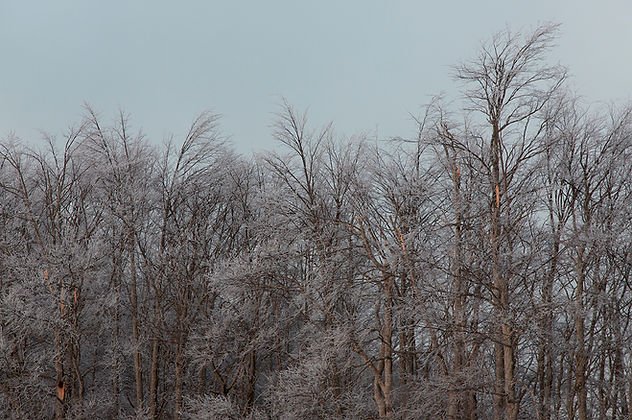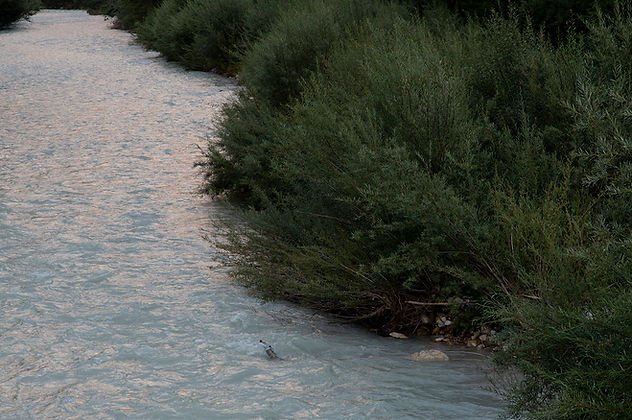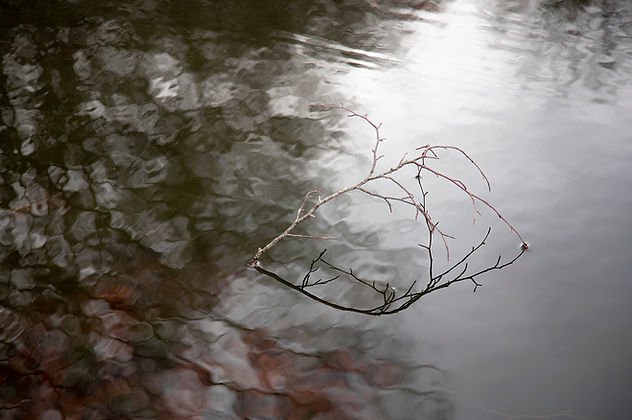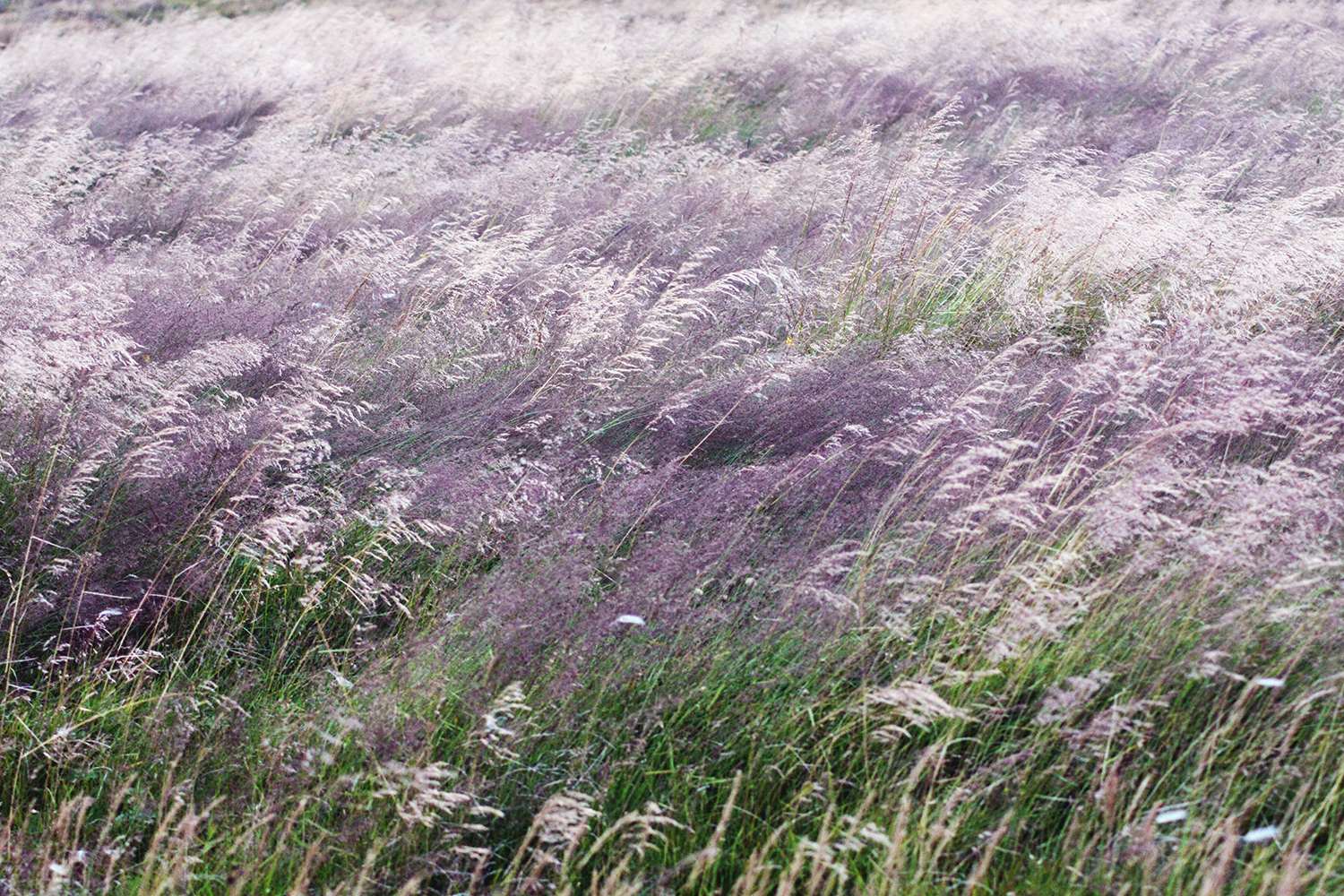
INFO
Kairos, solo exhibition of Sofia Podestà
February 13 – March 8 2022
The exhibition will remain on show until March 8, 2022
Presentation text: Mia Ceran
Introduction by art critic Luisa Grigoletto
info +39 335 1633518
… looking at her photographs…, I relived sensations that I seemed to have experienced, and it is no longer clear to me whether the place where I seem to have already been is a physical or an emotional one, because Sofia Podestà has captured them both.
Mia Ceran
Von Buren Contemporary is delighted to present Kairos, the first major solo exhibition of young Italian photographer Sofia Podestà.
Podestà’s work investigates man’s relationship with the landscape, often with a focus on sweeping vistas where nature reigns in all its majesty. With Kairos, however, the photographer has changed direction: these images belong to a more delicate, almost intimate dimension, even if they derive from previous collections, from which they have been extrapolated. It was precisely in the work of re-examining her archives during the recent lockdowns that this new exhibition was born, with the selection of 12 images, taken between 2016 and 2021, and ranging in location from Iceland to the Italian mountain ridges.
In the words of art critic Luisa Grigoletto, “Podestà shows us a geography of small things, where the simplicity of a fallen branch, poised on a body of water, is accompanied by a hint of melancholy. Here and there you can see traces of a human presence, which nature slowly covers and conceals: it is only a matter of time, it is the order of the cosmos, the motions of which continue regardless of human affairs”.
Sofia Podestà was born in Rome in 1991 and holds a degree in Art History with a specialisation in the work of Italian photographers Luigi Ghirri and Guido Guidi. After graduating, Podestà focused on her own passion for taking photographs, soon winning confirmation of her potential by being named one of the best twelve Italian creative talents under 30 in the field of photography in the so-called Giovani Creativi (Young Creatives) award, a prize which resulted in her participation in a 2019 exhibition at Rome’s Palazzo Massimo museum. In 2021, she was selected to take part in the international photography show ImageNation in Paris, and this year she was picked to photograph overlooked national heritage sites in southern Italy by a section of the Italian Cultural Heritage Ministry.
Travelling widely, Podestà is drawn to remote, isolated places seemingly untouched by mankind. The emphasis on dramatic, scenic landscapes and startling colours turns her powerful images into portals to another world, creating moments of heightened contemplation for her audience. Recently, however, Podestà has begun exploring a more ‘intimate’ side of landscape photography, waiving horizons and skylines and instead using light, illusion and geometry to add a meditative element to close-up images, each of which becomes a delicate symbol of a more forceful power just outside the picture.
This exhibition has been specially chosen to help celebrate the opening of the gallery’s new space at Via Giulia 13 and its ongoing mission of discovering and promoting talented young artists.
Text by Mia Ceran
The first time I came across Sofia Podestà’s work, I had the feeling that she and I knew each other. Moreover, it seemed like we might have talked for hours, shared stories, discovered common tastes and passions, but this is perhaps only the childish claim of any member of the public to have a special bond with the artist whose work he or she is infatuated with, whose
paths and talents instead travel far from our own lives and expertise only to meet each other one day, perhaps in a gallery.
I visited Iceland several years ago, a poignant journey to a place that I still cherish inside me with a perpetual nostalgia (Iceland looks like another planet, not another country). When I first encountered Sofia’s work, I was overwhelmed by the power of her images. Her eye had kept intact the strength of those landscapes which take the visitor by surprise; in front of her photos I felt very small again, dismayed and flooded by the power of nature as it manifests itself with such vastness that Man seems forgotten. It is not clear to me how she was able to capture all this with her lens but Sofia succeeded, and I guess that is the artist’s secret. And once again, looking at photographs like Il bosco dell’imperatore and Fine estate, I relived sensations that I seemed to have experienced, and it is no longer clear to me whether the place I seem to have been is a physical or an emotional one because Sofia has expressed them both.
In his novel Un amore, Dino Buzzati described the protagonist in the middle of a mad car race towards his beloved:
“He suddenly understood the meaning of that natural spell… he understood the meaning of the visible world when it makes us amazed and we say ‘how beautiful’ and something great enters our soul. All his life he had remained in awe before a landscape, a monument, a square, a glimpse of a street, a garden, a church interior, a cliff, a path, a desert. Only now, at last, did he realize the secret. A very simple secret: love. All that we leave behind in the inanimate world, the woods, plains, rivers, mountains, seas, valleys, the steppes, more, more, the cities, buildings, stones, more, the sky, sunsets, storms, more, the snow, more, night, stars, the wind, all these things, in themselves empty and indifferent, are loaded with human meaning because, without our suspecting it, they contain a presentiment of love.”
What Sofia is searching for, what attracts her eye before the hard stones of the Marmolada or along an old bobsleigh track which nature reclaims in the absence of man, remains a mystery. But in her work I also love something that reminds me of Luigi Ghirri: the inanimate objects that seem to replace human protagonists, the seas in winter, the architecture in which colors and shapes have created a special partnership but above all those photographs in which the fog and mist seem to create a space in which our ability to clearly read things and events is impaired. And it is precisely in this uncertainty and suspension that Sofia is able to immortalize our sense of loss and perhaps, for someone, a presentiment of love.
Mia Ceran
Kairos
The work of Sofia Podestà investigates man’s relationship with the landscape: often she focuses on sweeping vistas where nature reigns in all its majesty, as in for example the series Enrosadira and Emotional Landscapes. With Kairos, however, the photographer has changed direction: these images belong to a more delicate, almost intimate dimension, even if they derive from previous collections, from which they have been extrapolated. It was precisely in the work of re-examining her archives during the recent lockdowns that this new exhibition was born, with the selection of 12 images, taken between 2016 and 2021, ranging in location from Marmolada and Cortina to Iceland, Terminillo and Monte Livata.
The opportunity is provided by the pandemic in progress and by the confinement measures put in place to stem the spread of the virus: in the impossibility of physically going to her favorite places, the photographer revisits what she has produced up until that moment, but with a new filter: and this is how shots initially set aside acquire a new flavor and a new meaning – a different perspective.
Bare trees, as if frozen by the ice; dark and intricate woods, covered with a mantle of fallen leaves and snow; blankets of mist that caress the rocks and hide the tops of the fir trees, in a game of hide-and-seek where we are left to wonder if the fog is rising or falling, and trying to answer the question of where the wind goes when it’s not blowing. Podestà shows us a geography of small things, where the simplicity of a fallen branch, poised on a body of water, is accompanied by a hint of melancholy. Here and there you can see traces of a human presence, which nature slowly covers and conceals: it is only a matter of time, it is the order of the cosmos, which continues regardless of human affairs.
In this incessant flow, the photograph inserts itself as if trying to subtract moments from chronological time, in the name of a necessity: that of recording a more or less decisive moment. Podestà’s work points to the contrast between the eternity of nature and the need to try to capture a part, albeit minimal, of its essence: they are fragments of the landscape, but also parts of the self. In light of this and the genesis of this selection of photographs, it is evident how the nostalgia that hovers in these shots takes on an even more charged tone: in full lockdown, these landscapes are familiar places that are missed and which Podestà can’t wait to get back to, as if they were a dear friend.
The images therefore take on a meditative connotation: on the human condition, but also on the very nature of an archive and its use in the photographic field. It is not a sterile organism that simply gathers together what has been seen, shot, sequenced, shown and discarded, but rather a living collection which requires the continuous work of re-interpretation and revision. Using the calm imposed by the pandemic, Podestà retraces her steps, as in a forest enveloped in a thick mantle of fog, to find new paths focused on soft contrasts, born from the juxtaposition of images originally conceived for different purposes, from which she selects small slithers of silent landscapes.
Luisa Grigoletto

